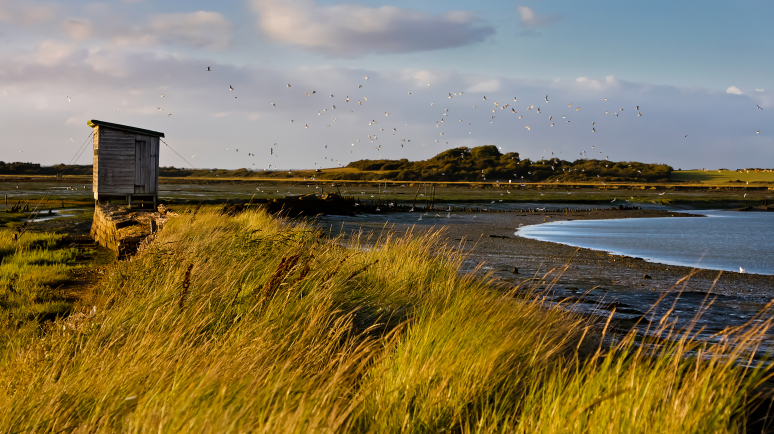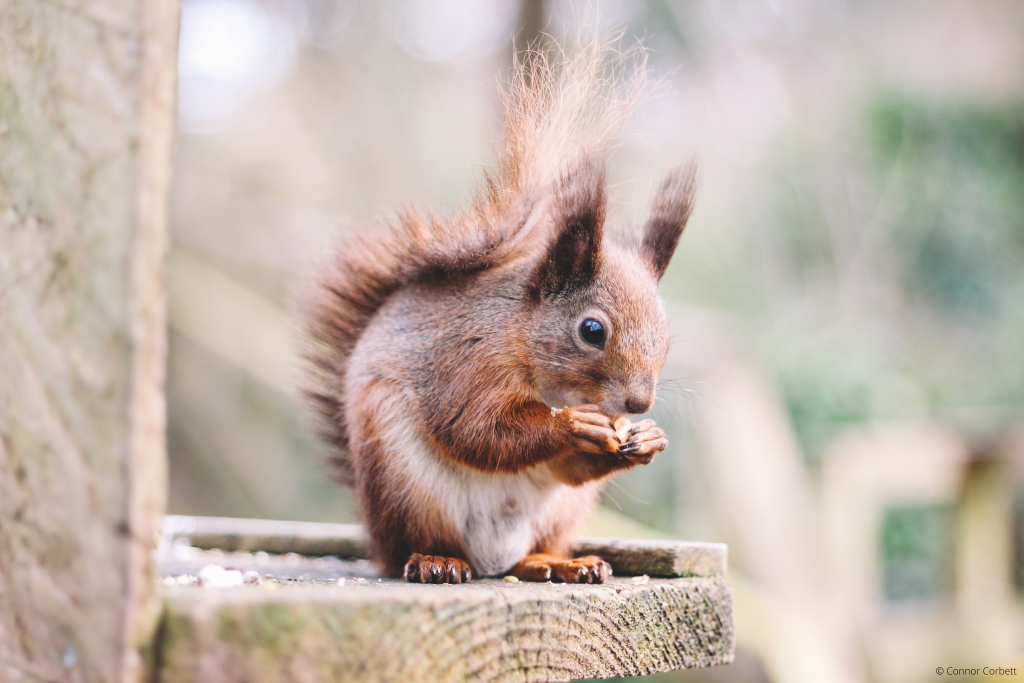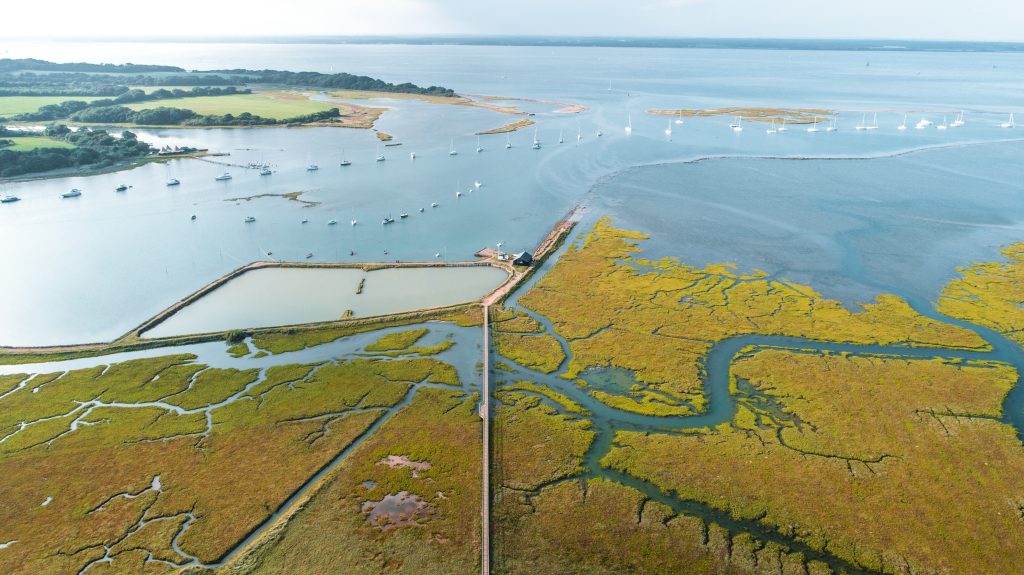
100 years of the National Trust on the Isle of Wight
2022 marks 100 years since the National Trust took on its first Isle of Wight property – now with over 5,000 acres of land, 17 miles of coastline, forts, a manor and a windmill to their name, their quest for conservation shows no sign of slowing down.
Today, the National Trust is Europe’s largest conservation charity, first founded by a trio of Victorian environmentalists in 1895, with a mission to preserve historic buildings and natural spaces – as well as opening them up for everyone to enjoy. From restoring rare habitats, to encouraging endangered species, conserving historic houses to protecting crumbling coastlines, the National Trust’s work continues to ensure that some of the UK’s most special places will still be here for generations to come.
1922: St. Boniface Down
For the Isle of Wight, the story begins in 1922 when Mr Llewellyn Evans gifted St. Boniface Down (over 220 acres of lofty, heather-covered hills) to the National Trust – sparking the creation of the charity’s local branch. Soon, members set to work battling the invasive holm oak trees, brought over from the Mediterranean by Ventnor’s 19th-century inhabitants. These days a herd of goats (Old English ferals to be precise) munch their way across the Down, keeping those encroaching trees at bay, so if you happen to be walking through keep an eye out for their shaggy brown coats and impressive curved horns.

1926: Borthwood Copse
Just five miles north – currently carpeted in a layer of rustling autumn leaves – is Borthwood Copse (supposedly one of the best places on the Island to spot red squirrels). Once a mediaeval hunting forest, it was bought and saved by local writer and nature enthusiast Frank Morey – who left it to the National Trust in his will in 1926. Every winter, the Trust’s rangers coppice (cut back) hazel and sweet chestnut trees to rejuvenate the wood for the benefit of Borthwood’s population of dormice and red squirrels (both protected species in national decline).

1933: Newtown Old Town Hall
Not long after the gift of Tennyson Down in West Wight, things really began to take off for the Trust’s Island branch, acquiring their first historic building in the early 1930s: Newtown Old Town Hall. The 17th-century structure (by this time empty, derelict and smothered by ivy) was bought by the mysterious Ferguson’s Gang for £5 (plus £100 for the land it stood on). With help from their architect – known amongst them as ‘The Artichoke’ – the group restored the hall to its former glory before handing it over to the National Trust in 1933.

1958–1963: A Windmill, a Manor and a Golf Course
Fast forward 25 years, and a trio of the Trust’s most important properties came under their care and protection. The first was Bembridge Windmill, a local landmark from 1700, once painted by J.M.W. Turner and now the last surviving windmill on the Island.
Next came St. Helens Duver, a special and sensitive habitat of sandy coastal grassland which had been turned into a 9-hole golf course by The Royal Isle of Wight Golf Club (whose members included Queen Victoria’s eldest son Edward). Now restored and revived, it’s the ideal spot to catch a glimpse of wild ducks, geese and waders in the winter; or book yourself a stay in the former Club House, which makes a cosy autumn hideaway.
Last but not least, the historic, stone-built Mottistone Manor on the Island’s southwest coast joined the collection in 1963. Today the manor is renowned for its vibrant, undulating gardens (open until the end of October) which include bountiful borders, grassy terraces, an orchard and organic kitchen garden.

The National Trust Today
After a hundred years of work, protecting the Isle of Wight’s most important historical and environmental sites, the National Trust continues to go from strength to strength. New sites continue to be added (including Dunsbury Farm, already at the centre of an ambitious habitat restoration scheme) and existing properties continue to be preserved and enhanced (such as Bembridge Windmill which recently received a new set of sails). So, as this milestone year draws to a close, make the most of these special places and enjoy them as the Trust intends: ‘for everyone, for ever’.
ℹ️ A version of this article by James Rayner was first published in Wightlife magazine in Winter 2022.
